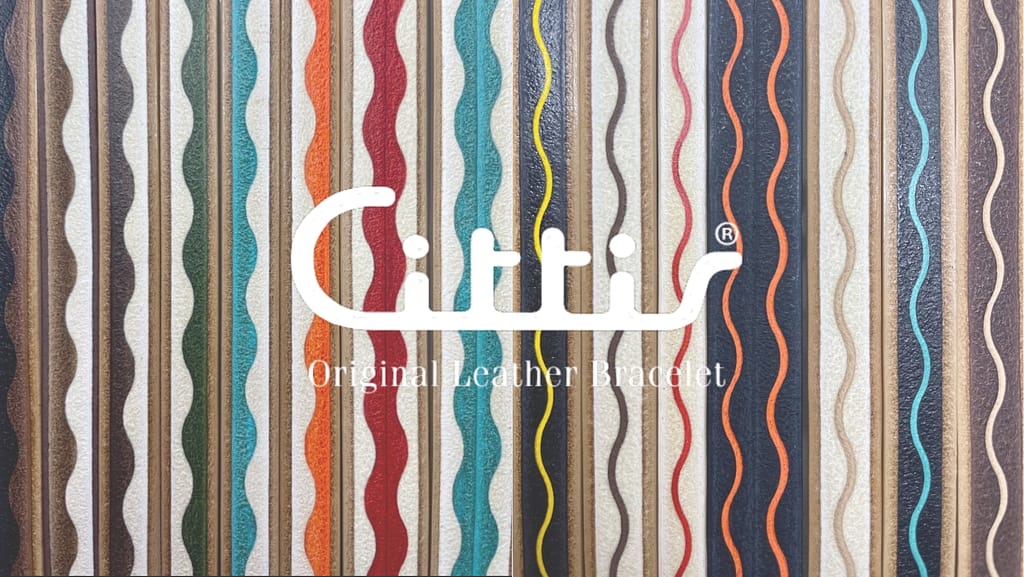Circular Communication Strategy for IKEA India
IKEA India's problem
The transition to a Circular Economy business model and circular communication are crucial for large-scale companies like IKEA, given the growing external pressures related to pressing issues such as climate change.
Therefore, the company has committed to a path of change in its business and circular communication to find a balance between growth and a positive impact on the environment and society. The success of this project in India depends greatly on the collaboration between all its stakeholders, especially customers, who not only benefit from the company’s actions to create a better life, but also provide input that can help IKEA continuously improve its initiatives.
Establishing a solid relationship with your customers, to the point that they become agents of change, represents a challenge from the point of view of IKEA India’s corporate communication. The proposed communication strategy aims to achieve this objective, while making sustainable choices more convenient for consumers.
The strategy I have created
In short, the recommended strategy proposes to use the theme of family to convey the concept of three Cs – Circularity, Commitment and Community – to IKEA’s Indian customers. The strategy is particularly focused on Indian cities where IKEA stores are present, given that the country is a relatively new market for the company. Therefore, IKEA’s circular economy activities are still in their infancy in India.
Based on insights gained from numerous analyses, the main proposal is to build a circular community through circular engagement, with family as the main theme. The research indicates a gap between IKEA’s circular economy vision and the image Indian customers have of IKEA. Customers do not have adequate knowledge of the activities carried out by the company in the field of the circular economy, thus limiting their participation and collaboration.
These data were confirmed by the content analysis, from which it is possible to note that issues related to the circular economy are covered widely in India. Therefore, the first subsolution is to raise awareness about the concept of circular economy and IKEA’s initiatives in this area. Through stakeholder mapping, we identified customers as the primary target. In particular, the strategy aims to communicate with “Idealist” customers who believe they can contribute to environmental protection but depend on quick solutions from companies to change their behavior.
A cultural profile of India is essential to understand that the subcontinent’s culture is collectivist, trust-building over relationships. From this data, the second subsolution proposes to enhance customers’ circular commitment by involving them through the theme of family, the definition of which expands and extends to the entire community.

Content I have created









